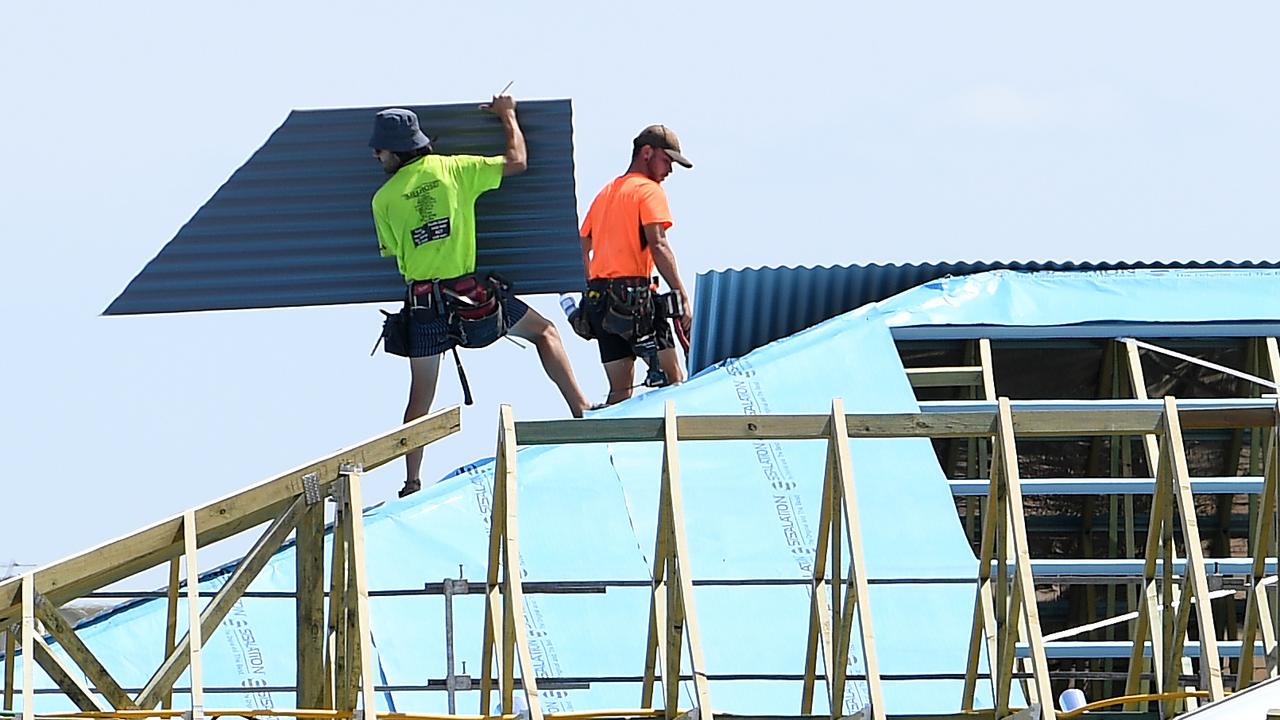Big Australia is a taxing problem but one we must get a grip of
AS you might have gathered from reading this column and from my commentary in the broader media, I am a rare being: a supporter of Big Australia.
AS you might have gathered from reading this column and from my commentary in the broader media, I am a rare being: a supporter of Big Australia.
Specifically, this is the view that this nation should follow the trajectory to 35 million by mid-century. This is an issue because previous projections placed the nation at 28 million by 2050.
Many people are concerned about our ability to deliver housing, water, power and infrastructure to 7 million people over and above the number advanced in the old projections.
This is a big issue for Australia, but I say the consequences of not pursuing the trajectory towards a bigger Australia are more dire than those associated with managing a larger population.
The essence of the problem is this: for 60 years the Australian workforce, and therefore the tax base, has grown because more people have entered the working-age cohort (15-64) than exited.
Because of the baby boom of the late 1940s and 1950s, and because this nation embarked upon an international migration program after World War II, the worker and taxpayer base has been continually rising for 60 years.
I might add that the social shift in which women increasingly remained in the workforce from the 1970s onwards also supported a rising tax base.
A rising tax base can be a powerfully addictive thing. More tax means more programs and more infrastructure.
Do this long enough, say for half a century, and you end up with a population that expects a certain standard of living, which is predicated upon a continually rising tax base.
That in turn is predicated upon a rising worker base and/or a rising participation rate.
But from next year onwards baby boomers born in 1946 begin to exit the workforce at a faster rate than Generation Ys born in 1996 enter the workforce. Talk of improving worker participation in the older age cohorts is interesting, but that will not deliver the baseload tax required to fund the retirement expectations of the baby boomer generation.
Rightly or wrongly, this nation has an unfunded liability in the form of retiring baby boomers.
The tax paid by this lot in the first 25 years of their working lives (from, say, 1966 to 1991) was spent by the government of the day. (And I might add no one objected at the time: no, don't spend so much on us, save some of that tax to fund retiree programs in 30 years.)
The plan was always that retiree benefits were to be funded by taxpayers of the day.
That works well while more people enter than exit the workforce, but from next year workers exiting the workforce will increase because the first wave of baby boomers turns 65.
All of a sudden the demographic bedrock that underpinned the workforce and the tax base for 65 years is altered. The inconvenient truth is that we are entering a phase known as the baby bust.
My solution to the baby bust is to import workers to shore up the skills base and to grow the tax base. Others see this as a Ponzi scheme: what happens when these extra workers get old and retire? Then you'll want to import even more workers.
No, that is not correct. From the late 2020s onwards, workers will be increasingly self-funded because they will have been paying into superannuation from 1992.
We have a problem over the next 15 years. How do we fund the retirement expectations of 4.5 million boomers when to date the most we've ever had to cater for in any one generation is 2.5 million?
Either generations X and Y agree to pay more tax or we import more taxpayers. Suggestions such as pushing out the pension age from 65 to 67, and encouraging older workers to remain in the workforce, will only make a difference at the margins.
I am not convinced that Australians fully understand the situation we are now in. Complaining about the fact that we should have been saving tax over three decades is unhelpful.
If you have a problem with the way tax was spent in the 1970s and 1980s, I suggest you take it up with Gough Whitlam, Malcolm Fraser and Bob Hawke.
Complaints that we should have been better prepared for the skills shortage are equally unhelpful. Were you prepared to forgo social and welfare programs in the mid-1990s to invest in training schemes to provide against a possible skills shortage in 15 years?
Are you, right now, prepared to forgo tax dollars being directed into nation building to make better provision for the acute healthcare needs of frail and aged baby boomers in the late 2020s? No, I thought not.
I am happy to debate the merits of Big Australia, but part of this involves understanding the entire proposition. Seriously winding back migration is a fine policy to pursue, just so long as you fully appreciate that this policy also comes with higher tax rates.
Bernard Salt is a KPMG partner
bsalt@kpmg.com.au www.twitter.com/bernardsalt


